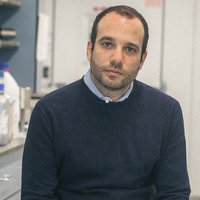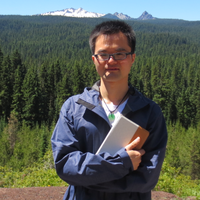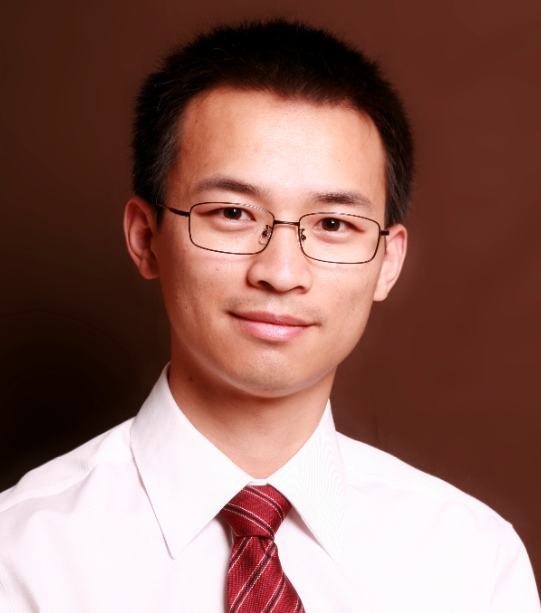Energy & sustainability
Qian Liu
In the battle against smog, his novel methods are vital to tracking down and identifying pollution sources

Latin America
Miguel Modestino
His solar reactors aim to drive the development of an environmentally-friendly chemical industry

China
Xu Wang
Thinking with big data turns wastewater into a resource

China
Yongming Sun
Breakthrough in the "rocking chair" battery gives lithium ion batteries a more dependable future

India
Anusha Rammohan
The innovation combines sensor and device data in an oil field using intelligent analytics to provide accurate and reliable information in real time about oil production.
